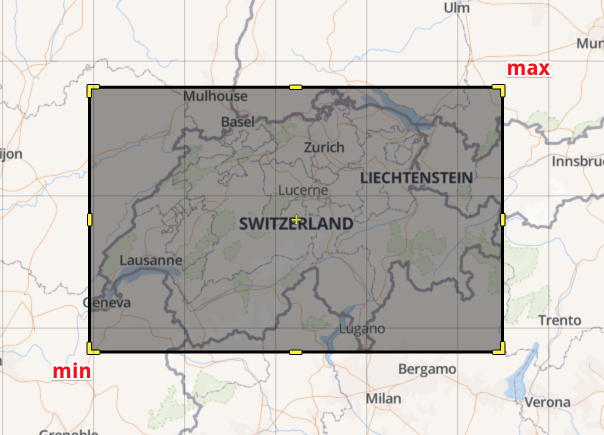In order to setup a query to an external server I want to get the bounds of the current Map View in an iPhone app I'm building. UIView should respond to bounds but it seems MKMapView doesn't. After setting a region and zooming in the map I try to get the bounds. I'm stuck on the first step which is to try to get the CGPoints that represent the SE and NW corners of the map. After that I was going to use:
- (CLLocationCoordinate2D)convertPoint:(CGPoint)point toCoordinateFromView:(UIView *)view
To transform the points into map coordinates. But I can't even get that far...
//Recenter and zoom map in on search location
MKCoordinateRegion region = {{0.0f, 0.0f}, {0.0f, 0.0f}};
region.center = mySearchLocation.searchLocation.coordinate;
region.span.longitudeDelta = 0.01f;
region.span.latitudeDelta = 0.01f;
[self.mapView setRegion:region animated:YES];
//After the new search location has been added to the map, and the map zoomed, we need to update the search bounds
//First we need to calculate the corners of the map
CGPoint se = CGPointMake(self.mapView.bounds.origin.x, mapView.bounds.origin.y);
CGPoint nw = CGPointMake((self.mapView.bounds.origin.x + mapView.bounds.size.width), (mapView.bounds.origin.y + mapView.bounds.size.height));
NSLog(@"points are: se %@, nw %@", se, nw);
The code compiles without warnings however se and nw are both null. Looking at self.mapView.bounds.origin.x the variable is 0. Trying to NSLog directly self.mapView.bounds.size.width gives me a "Program received signal: “EXC_BAD_ACCESS”." which seems to come from NSLog.
Anyone know the proper way to get the south east corner and northwest corner (in map coordinates) from the visible area of a MKMapView?
EDIT: It seems whenever you asked something here the answer comes to you right after. I was using %@ instead of @f to print each variable in NSLog which was throwing errors there. I also discovered the annotationVisibleRect property of MKMapview. It seems though that the annotationVisibleRect is based on the parent view coordinates.


MKMapRectGetMaxX(mRect)(and similar) convenience functions. – Tootle